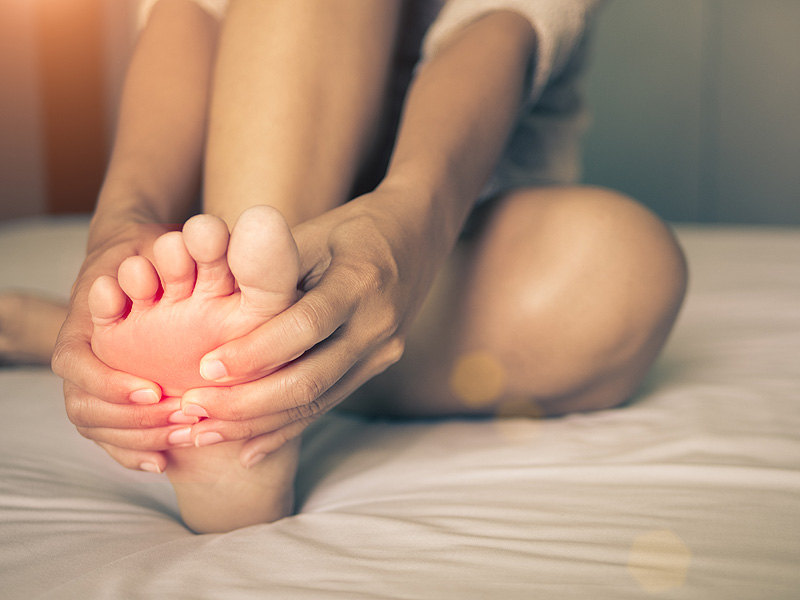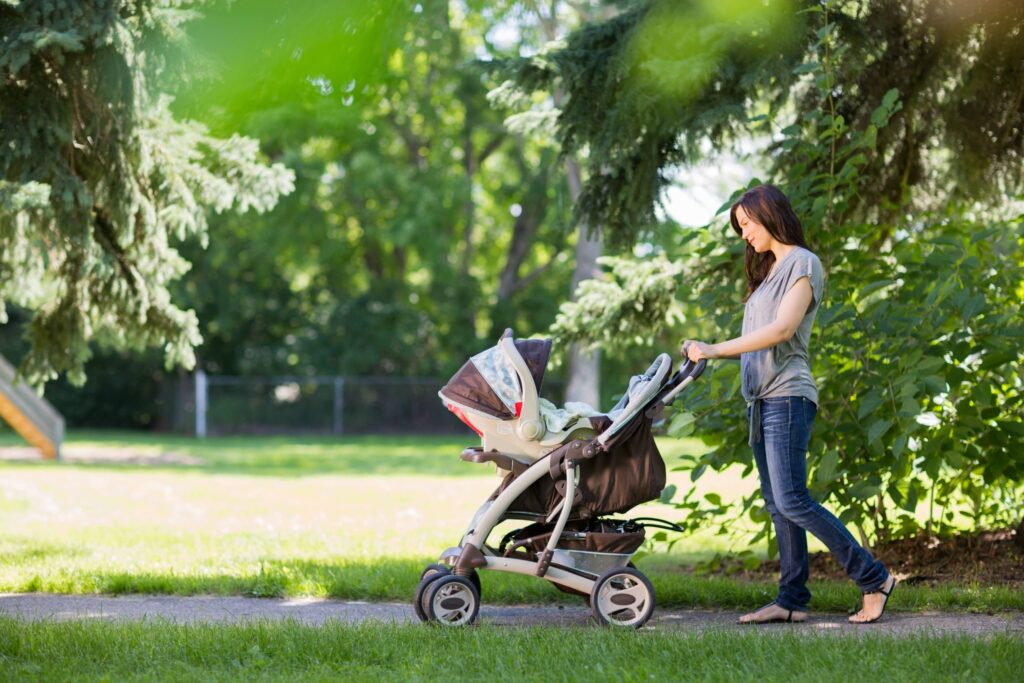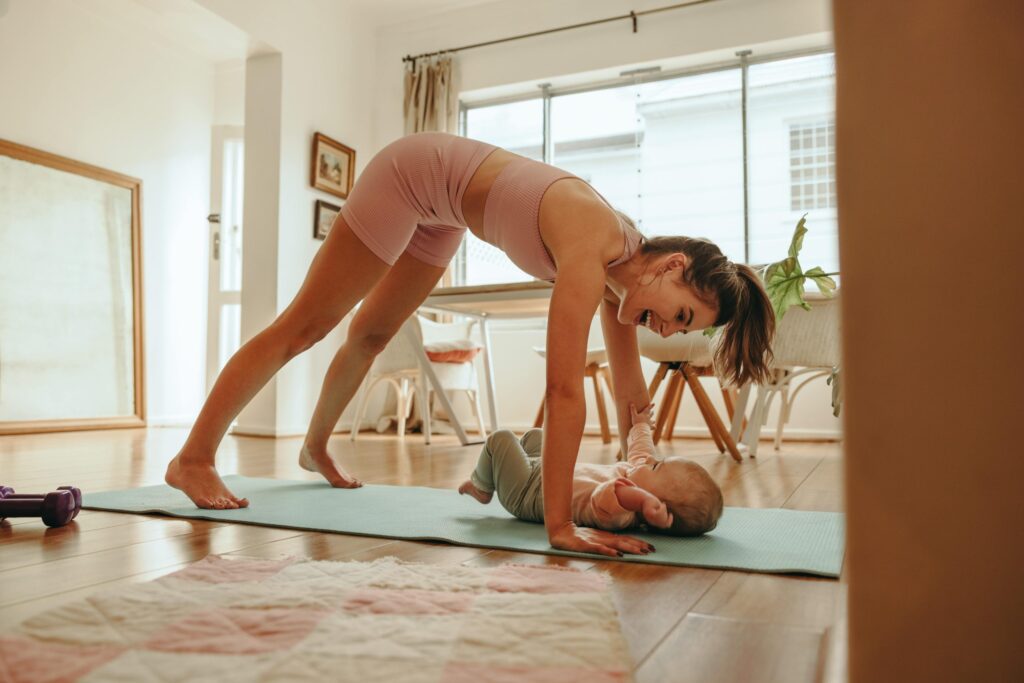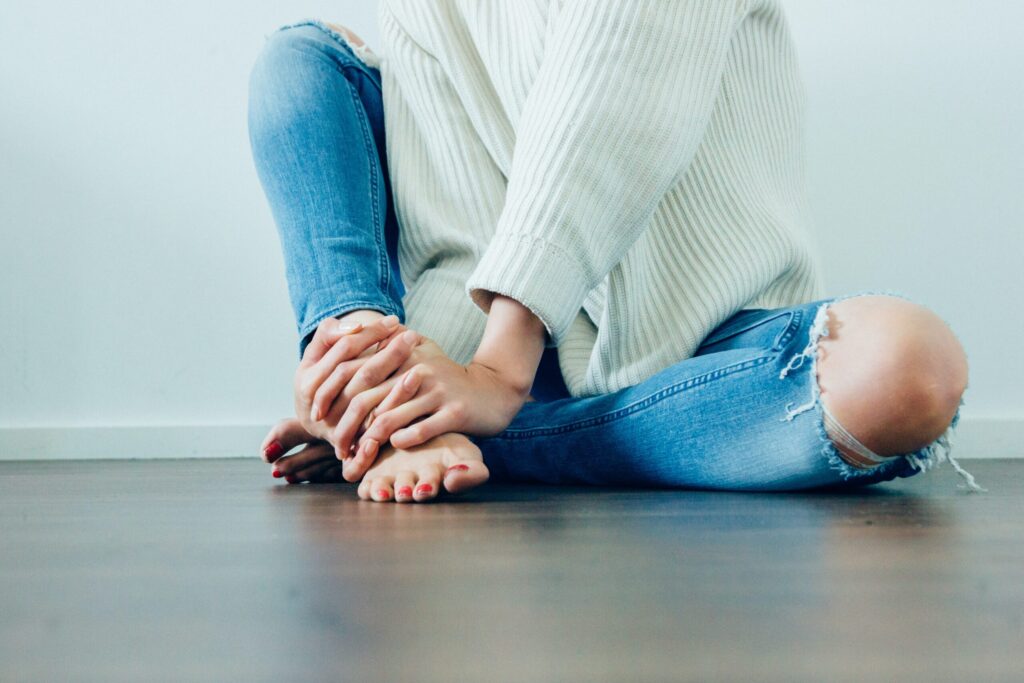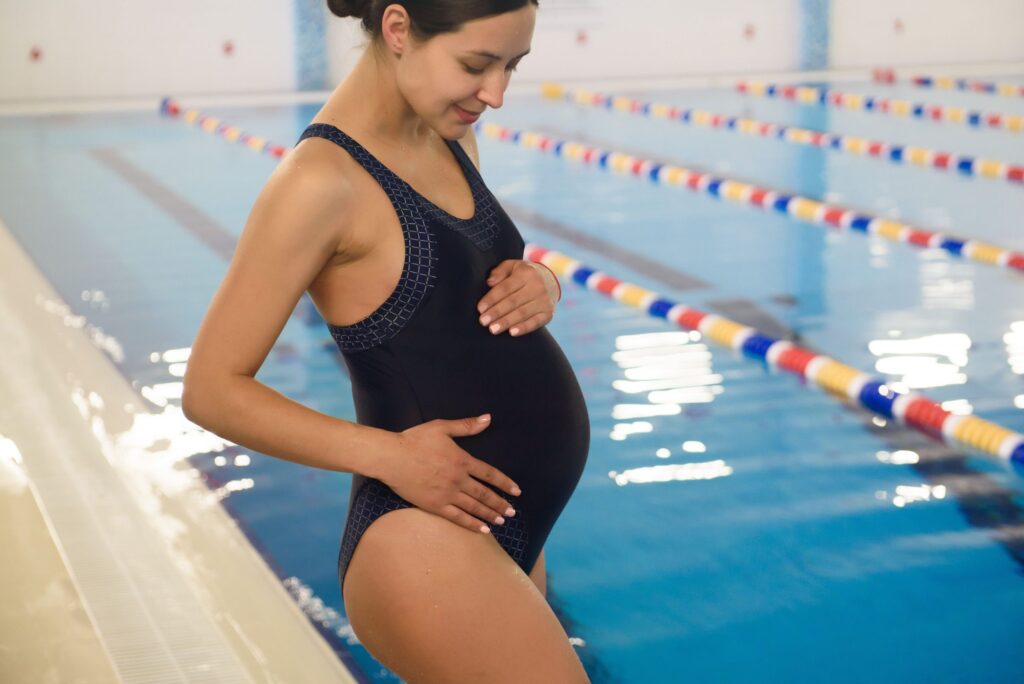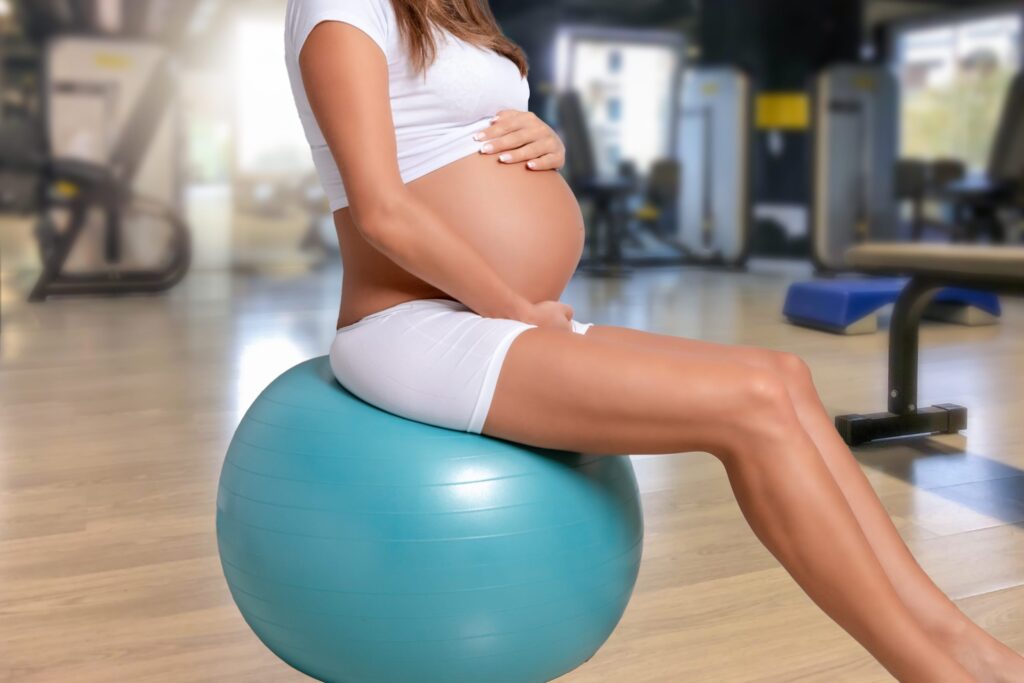
Helpful Birthing Positions

Let’s Chat Birth Positions.
Many believe the pelvis is a sturdy fixed structure, however, the pelvis was made to move and has many parts. These bones of your pelvis (sacrum and coccyx) open up allowing for further opening of the birth canal as your baby passes through. Lying flat on your back fixes the bones in your pelvis and blocks any movement when the baby comes through. Also, lying flat on your back can compress the main vein that takes blood back to the heart. This compromise in blood flow increases the chance of mom feeling lightheaded, as well as makes the contractions less effective.
The assistance of gravity can play a beneficial role in labor bringing the baby down. So Lying flat on your back takes away the role of gravity, which can help to bring the baby down. When a woman is upright she has gravity working on her side.
During Active Labor:
Standing and Walking:
With standing and walking, gravity plays a helpful role in bringing the baby down. Standing and walking can help mom feel more in control and ease the stress of labor. As contractions come leaning against a wall or partner. Another option would be holding onto the handrail in hospital hallways and leaning forward. A bit of compression on the pelvis can also help ease the pain during contractions.
4-point kneeling:
Some mamas can find being on all fours and rocking forward and back or side-to-side works well for easing the stress of labor. This allows pelvic mobility and a little bit of gravity assist the process. As contractions come mom may be most comfortable bringing her bum down between wide heels and resting her upper body on the bed/floor. We call that position child’s pose.
Ball Rocking:
Sitting on an exercise ball (rocking front-to-back and side-to-side) can give a good variation of the mobility and break up the long process of labor. Allows gravity to be on mama’s side and the rocking helps open up the pelvis in various areas. When in early labor mama may be okay to sit on the ball independently and rock freely. As labor progresses and contractions become stronger, mom may require some extra help from her partner to hug (in front) or lean against.
Backwards sitting:
Some mamas may be unable to stay upright and walk around during labor. Sitting backward on a chair may work well for them. Mom should be straddling the chair seat between her legs and leaning with her stomach/shoulders/head against the backrest of the chair. Placing a pillow between mom’s stomach and the chair and another pillow to provide comfort for mama’s head.
During Pushing:
Side-lying:
Side-lying is a good alternative to lying on your back, especially when in a hospital or if you’ve had an epidural. It allows for your pelvis/sacrum to have free range of opening up, easing the process. Lying on either side works, however, the left side is optimal. Starting with a pillow between your knees provided support and comfort. Then eventually your partner or the nurse will have to help with holding your top leg up during pushing.
- If you are having a home birth or in a birthing center, the midwife may be open to a variety of positions.
- A hospital can be a bit more tricky. Due to liability issues, as well as, the effects of medications like the epidural, you may be limited to just a few positions
Squatting:
Squatting has an added advantage as it helps open up the outlet to your pelvis or your birthing canal. Thus giving the baby more wiggle room so they can come out with ease. Squatting can be done with a hospital bed if there is a squatting bar.
Lying on your back w/towel support:
This is the least favorable position to deliver in due to the pelvis is fixed and does not allow for your pelvis to open up. So a towel boost can be beneficial. Roll up 2 bath towels into 3-4 inch rolls and put elastics on them so they don’t come apart. If you do end up pushing on your back, place the two towel rolls under your pelvis so that you’re not completely fixing the pelvis against the bed, allowing for some movement of the pelvis.


